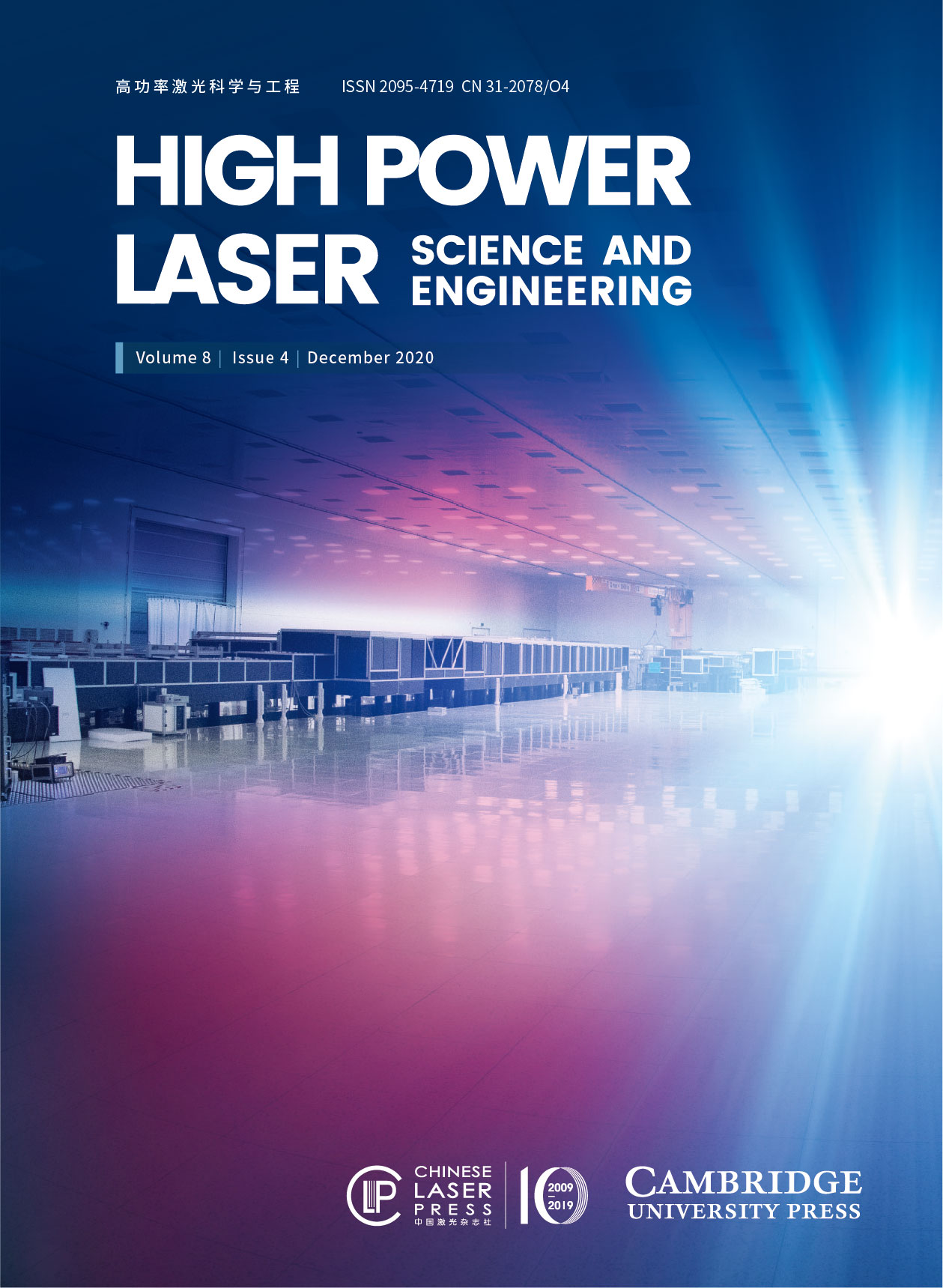François Lureau, Guillaume Matras, Olivier Chalus, Christophe Derycke, Thomas Morbieu, Christophe Radier, Olivier Casagrande, Sébastien Laux, Sandrine Ricaud, Gilles Rey, Alain Pellegrina, Caroline Richard, Laurent Boudjemaa, Christophe Simon-Boisson, Andrei Baleanu, Romeo Banici, Andrei Gradinariu, Constantin Caldararu, Bertrand De Boisdeffre, Petru Ghenuche, Andrei Naziru, Georgios Kolliopoulos, Liviu Neagu, Razvan Dabu, Ioan Dancus, and Daniel Ursescu
We report on a two-arm hybrid high-power laser system (HPLS) able to deliver 2 × 10 PW femtosecond pulses, developed at the Bucharest-Magurele Extreme Light Infrastructure Nuclear Physics (ELI-NP) Facility. A hybrid front-end (FE) based on a Ti:sapphire chirped pulse amplifier and a picosecond optical parametric chirped pulse amplifier based on beta barium borate (BBO) crystals, with a cross-polarized wave (XPW) filter in between, has been developed. It delivers 10 mJ laser pulses, at 10 Hz repetition rate, with more than 70 nm spectral bandwidth and high-intensity contrast, in the range of 1013:1. The high-energy Ti:sapphire amplifier stages of both arms were seeded from this common FE. The final high-energy amplifier, equipped with a 200 mm diameter Ti:sapphire crystal, has been pumped by six 100 J nanosecond frequency doubled Nd:glass lasers, at 1 pulse/min repetition rate. More than 300 J output pulse energy has been obtained by pumping with only 80% of the whole 600 J available pump energy. The compressor has a transmission efficiency of 74% and an output pulse duration of 22.7 fs was measured, thus demonstrating that the dual-arm HPLS has the capacity to generate 10 PW peak power femtosecond pulses. The reported results represent the cornerstone of the ELI-NP 2 × 10 PW femtosecond laser facility, devoted to fundamental and applied nuclear physics research.
Jan. 01, 1900
Vol. 8 Issue 4 04000e43 (2020) View fulltext
View fulltext















